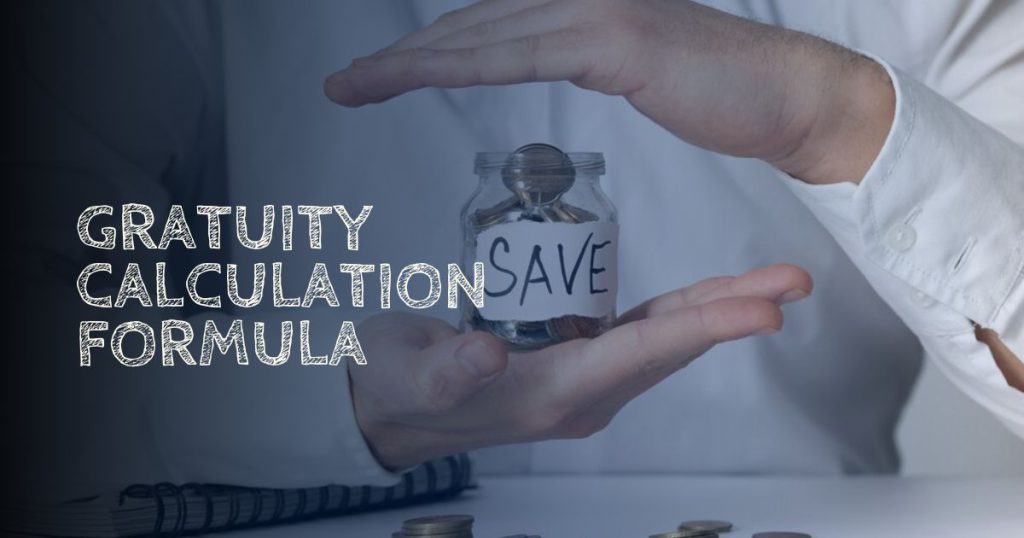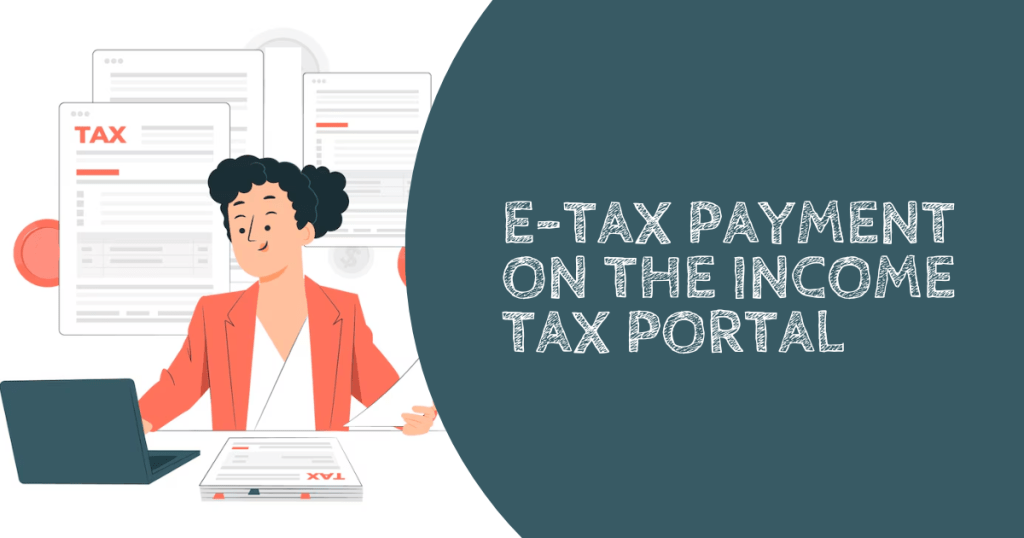New Tax Regime was introduced in the Finance Act 2020 and effective from FY 2020-21.
Section 115BAC offers a simplified tax structure with lower tax rates but fewer deductions and exemptions.
It also became the default regime starting from FY 2023-24, but taxpayers can opt for the old regime by filing Form 10-IEA.
Budget Update
| Starting from 1st April 2025, a salaried individual earning up to Rs.12,75,000 is exempted for pay tax. |
| Rebate increased up to Rs.60,000 from Rs.25,000. |
| Zero tax up to ₹12,00,000 due to slab relaxations & rebate. |
| Marginal relief is still applicable for incomes slightly above the limit. |
| Rebate is not allowed for special rate income. For example – capital gain u/s 112A. |
Eligibility
All individuals i.e., applicable to men, women, senior citizens or super senior citizens.
Deduction Allowed in New Tax Regime
There are many exemptions allowed, which you can reduce your tax liability with these deductions:
- Standard deductions – Rs. 75,000/- for salary/Pension.
- Family Pensioners – Rs.15,000 or 1/3rd, whichever is lower.
- Interest received on Post Office savings u/s 10(15)(i) the maximum amount of Rs. 3,500.
- Gratuity u/s 10(10) up to Rs. 20,00,000 for non-government employees, fully exempt for government employees.
- Adhoc deduction – 30% on Rent.
- Interest on Home Loan – If property is rented.
- Employer contribution in NPS 80CCD(2) – 14% of Basic Salary + DA
- Transport Allowance for specially abled people
- Deposits in Agniveer Corpus Fund u/s 80CCH(2)
- Deduction u/s 80JJAA for new employee costs in business.
- Depreciation u/s 32 of the IT Act except additional depreciation.
- Allowance for travelling for employment.
- Income from Life Insurance Policy on maturity u/s 10(10D).
- Leave encashment 10(10AA) on retirement, retirement cum death benefit (up to Rs. 25 lakh for non-government employees, fully exempt for government employees).
- Voluntary retirement benefits u/s 10(10C) up to Rs. 5 lakh.
- Deductions u/s 54 long-term Capital Gain on sale of a House Property and u/s 54F long-term Capital Gain on sale of any asset other than a House Property.
- Maturity proceeds from Sukanya Samriddhi or PPF are exempted u/s 10(10D).
Deduction Which Are Not Allowed in New Tax Regime
- House Rent Allowances, LTA, and entertainment allowance.
- Chapter VI-A deductions (such as – 80C, 80D, 80E, 80G) except 80CCD(2) and 80JJAA.
- Interest on self-occupied property loans u/s 24.
- Professional tax, additional depreciation under Section 32, and business-specific deductions (such as – Sections 33AB, 35).
Benefits and Drawbacks
Benefits
- Lower tax rates which reduced tax slabs.
- Simplified filing where no need to track multiple deductions.
- Higher Tax-Free Income (with rebate & standard deduction).
- Best for those who have minimal deductions without major tax-saving investments.
Drawbacks
- No Popular Exemptions – HRA, 80C, and other deductions not allowed.
- Limited Tax Savings – Fewer options to reduce taxable income.
Conclusion
The new regime u/s 115BAC benefits those who are seeking simplicity and lower rates with minimal tax-saving investments.
By planning wisely, you can lower your taxable income significantly.
Related Articles


